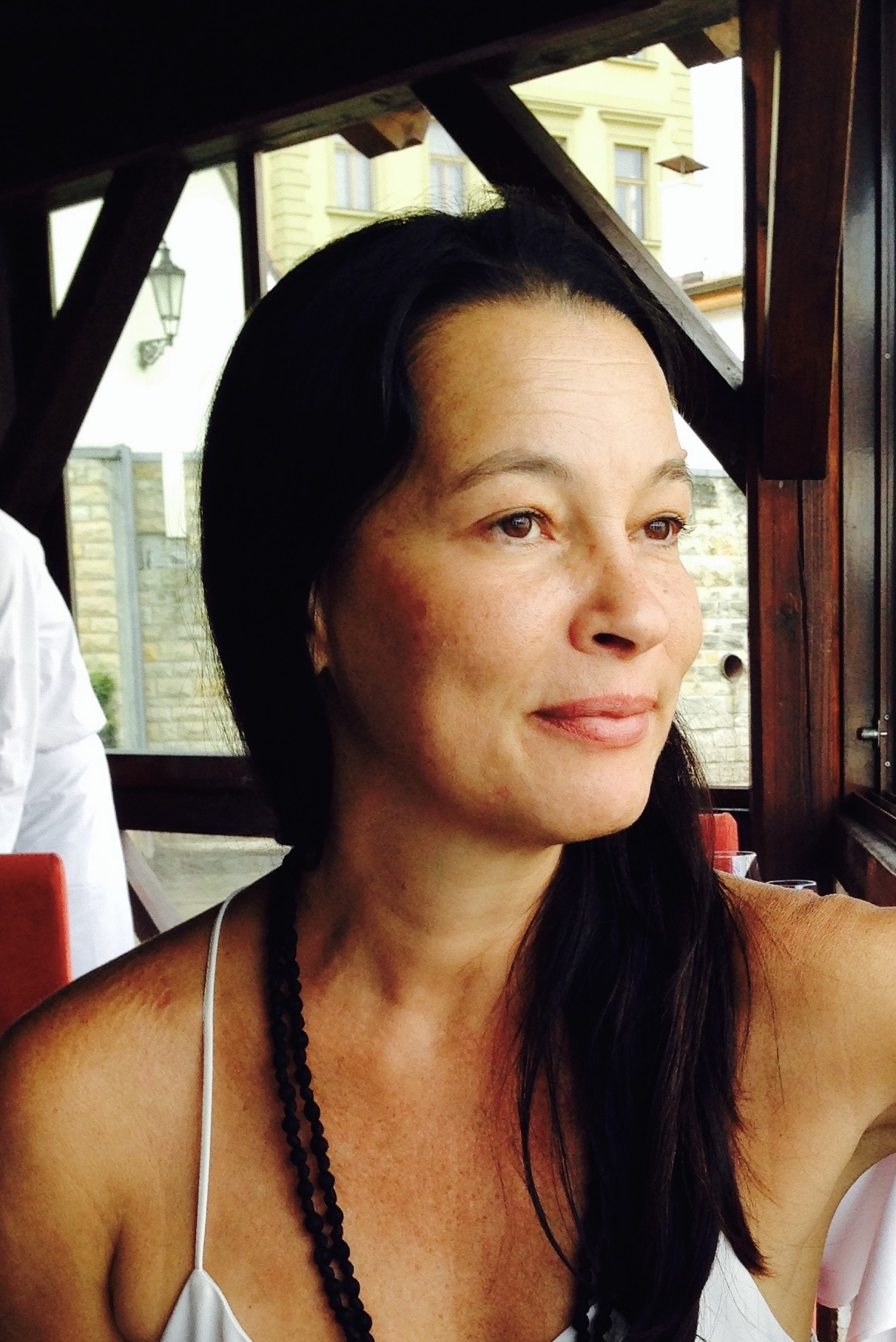Beliefs are the cornerstone of human behavior and perception. They shape how we see the world, make decisions, and ultimately, determine our actions. However, not all beliefs serve us well. Some are limiting, holding us back from reaching our full potential. The good news is that beliefs are not set in stone; they can be changed. Mastering the art of changing beliefs is a powerful skill that can unlock new possibilities and lead to profound personal transformation.
In this blog, we'll explore five steps to a blueprint for changing beliefs effectively.
Importance Of Beliefs In Shaping Behavior And Perception
Beliefs serve as the lens through which individuals perceive and interact with the world, profoundly shaping both their behavior and perception. These deeply held convictions influence decision-making processes, guiding individuals towards actions that align with their values and principles. For instance, beliefs about personal capabilities can either motivate individuals to pursue ambitious goals or hinder their willingness to take risks. Moreover, beliefs shape individuals' interpretation of events and experiences, influencing their emotional responses and cognitive processes. Empowering beliefs can foster resilience and a positive outlook, while self-limiting beliefs can undermine confidence and hinder personal growth.
Furthermore, beliefs not only dictate individual actions but also contribute to the construction of a broader societal framework. Shared beliefs within a community or culture shape collective behavior and norms, influencing social interactions, institutions, and societal structures. These collective beliefs contribute to the formation of cultural identities and ideologies, guiding collective decision-making and shaping the trajectory of societies. Consequently, the impact of beliefs extends beyond individual experiences, exerting a profound influence on the dynamics of communities and the broader societal landscape.
Need For Changing Limiting Beliefs
Recognizing the need for changing limiting beliefs is paramount for personal growth and fulfillment. Limiting beliefs, often deeply ingrained in our subconscious, create barriers that obstruct progress and hinder the realization of our aspirations.
1. Recognition of the Need for Change:
Recognition of the need for change stems from a profound desire for growth and fulfillment, catalyzed by the realization of the limitations imposed by our own beliefs. As individuals become aware of the disconnect between their current circumstances and their desired outcomes, a sense of dissatisfaction emerges, igniting a fervent desire to break free from the constraints of limiting beliefs.
This recognition serves as a powerful motivator, propelling individuals towards the transformative journey of challenging and replacing their limiting beliefs with empowering alternatives, ultimately paving the way for personal liberation and self-actualization.
2. Recognition of Limitations:
The recognition of limitations is the crucial first step towards acknowledging the need for changing limiting beliefs. It involves the courageous acknowledgment of self-imposed barriers, where individuals confront deeply ingrained beliefs that undermine their confidence and potential. Through introspection and self-awareness, individuals come to understand the profound impact these limiting beliefs have on their lives, hindering personal growth and impeding progress towards their goals and aspirations.
This recognition serves as a catalyst for transformative change, motivating individuals to challenge their beliefs and embark on a journey towards empowerment and fulfillment.
3. Consequences of Limiting Beliefs:
The consequences of limiting beliefs are far-reaching, manifesting in both psychological and behavioral realms. Psychologically, these beliefs foster feelings of inadequacy, self-doubt, and fear, perpetuating negative cycles of thought and eroding self-esteem. Behaviorally, they lead to self-sabotage, missed opportunities, and a reluctance to pursue goals or take risks.
Such beliefs create a self-reinforcing cycle, constraining individuals within narrow boundaries and hindering their ability to realize their full potential. Recognizing the profound impact of these consequences is essential for motivating individuals to challenge and ultimately change their limiting beliefs, paving the way for personal growth and empowerment.
Steps To A Blueprint For Results
Changing beliefs requires a structured approach that encompasses specific steps to effectively challenge and transform limiting beliefs into empowering ones.
1. Identify Limiting Beliefs:
Identifying limiting beliefs marks the initial phase of the belief-changing process, wherein individuals engage in introspection and self-awareness to recognize the entrenched convictions that hinder their progress. This involves identifying recurring patterns of negative self-talk, self-doubt, and fear that manifest as barriers to personal growth and fulfillment.
Through techniques such as reflection, journaling, and mindfulness, individuals gain clarity on the specific beliefs that undermine their confidence and potential. This heightened awareness lays the foundation for subsequent steps in the belief-changing journey, empowering individuals to confront and ultimately transcend their limiting beliefs to unlock new possibilities for growth and transformation.
2. Challenge Your Beliefs:
Challenging one's beliefs constitutes a pivotal step in the journey of belief transformation, requiring individuals to critically examine the validity and impact of their ingrained convictions. This process involves questioning the assumptions underlying limiting beliefs, seeking evidence that contradicts them, and exploring alternative perspectives that challenge their accuracy.
By fostering a mindset of curiosity and open-mindedness, individuals can dismantle the rigid cognitive frameworks that perpetuate self-doubt and fear. Through this introspective exploration, individuals gain insight into the fallibility of their beliefs and begin to recognize the possibility of embracing new, empowering perspectives that align with their aspirations and potential.
3. Replace with Empowering Beliefs:
Replacing limiting beliefs with empowering ones is a transformative endeavor that involves consciously choosing new convictions that bolster confidence, resilience, and self-efficacy. This step requires individuals to actively challenge the negative self-talk and self-imposed limitations that have governed their thought patterns.
By intentionally cultivating empowering beliefs aligned with their goals and aspirations, individuals shift their mindset from one of scarcity and self-doubt to abundance and self-belief. Through practices such as affirmations, visualization, and positive self-talk, individuals reinforce these empowering beliefs, gradually reshaping their internal narrative and laying the groundwork for profound personal growth and fulfillment.
4. Reprogram Your Subconscious Mind:
Reprogramming the subconscious mind is a crucial step in the process of belief change, as it addresses the deeply ingrained patterns of thought and behavior that govern individuals' actions on autopilot. Techniques such as hypnosis, visualization, and repetition are employed to access the subconscious and implant new empowering beliefs directly.
Through consistent practice and dedication, individuals can overwrite old programming with positive affirmations and mental imagery, effectively rewiring their subconscious to align with their desired outcomes. By engaging in these reprogramming practices, individuals pave the way for lasting transformation, unlocking the full potential of their subconscious mind to support their goals and aspirations.
5. Take Aligned Action:
Taking aligned action is the culmination of the belief-changing process, as individuals translate their newfound empowering beliefs into tangible steps towards their goals. This step involves breaking down aspirations into manageable tasks and committing to consistent action that is congruent with these beliefs. By aligning actions with empowering beliefs, individuals reinforce their commitment to personal growth and resilience, overcoming obstacles with determination and purpose.
Celebrating even small victories along the way reinforces the belief in one's capabilities and strengthens the resolve to continue moving forward. Through this intentional and aligned action, individuals manifest their desired outcomes and realize the transformative power of belief change in shaping their lives.
Conclusion
Mastering the art of changing beliefs is a transformative journey that requires self-awareness, courage, and perseverance. By following the five steps outlined in this blueprint, you can free yourself from limiting beliefs and unlock your full potential. Identify your limiting beliefs, challenge them, replace them with empowering ones, reprogram your subconscious mind, and take aligned action towards your goals. With dedication and practice, you can create a new reality aligned with your deepest desires and aspirations.
FAQs
1. How long does it take to change a belief?
Changing beliefs is a highly individual process and can vary depending on various factors such as the intensity of the belief, your level of commitment, and the techniques you use. While some beliefs may shift relatively quickly with focused effort, others may take more time and consistent practice.
2. Can anyone change their beliefs?
Yes, anyone can change their beliefs with the right mindset, tools, and techniques. Beliefs are not fixed or inherent traits but rather learned patterns of thinking that can be modified through conscious effort and practice. However, it's important to recognize that changing beliefs requires self-awareness, willingness to challenge existing beliefs, and commitment to personal growth.
3. What if I encounter resistance or setbacks during the belief-changing process?
Resistance and setbacks are a natural part of the belief-changing process and should be viewed as opportunities for growth rather than obstacles. It's common to experience resistance when challenging deeply ingrained beliefs or stepping outside your comfort zone.



















